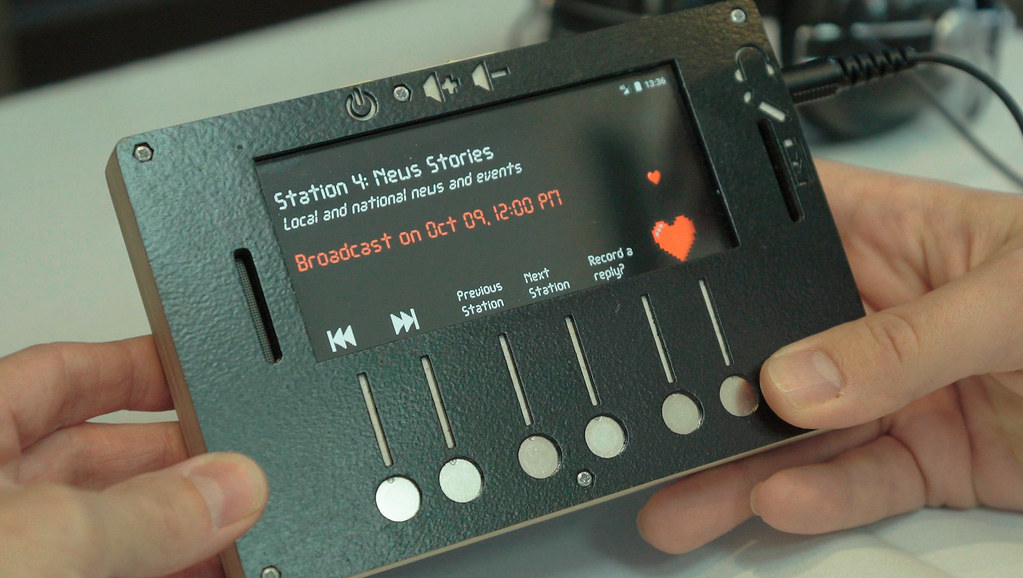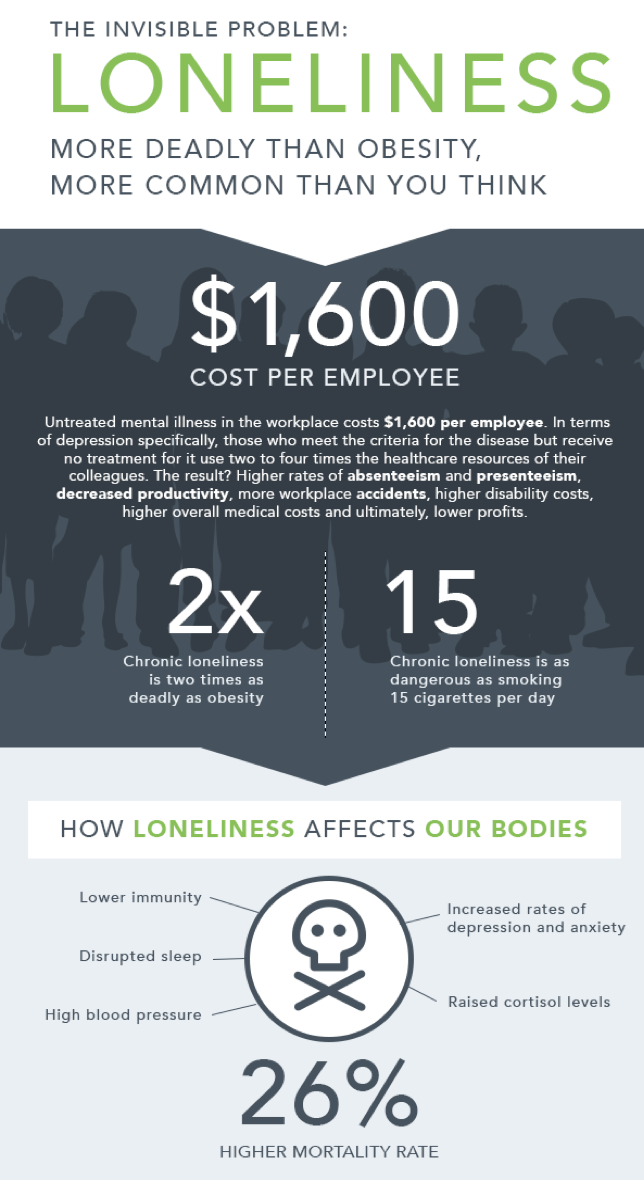Loneliness has quietly become one of the most pressing public health concerns of our time. And in an ironic twist, the very technologies designed to connect us—social media, messaging apps, smart devices—may be the biggest culprits. But could these same tools also be part of the solution?
At Remin.site, where memories, ideas, and legacies are preserved and passed on, we understand that connection isn’t just about data transfer. It’s about being seen, heard, and remembered. So today, we ask: Can technology solve the loneliness it helped create?

Understanding the Roots of Digital Loneliness
The Paradox of Social Media: Always Connected, Never Close
Social media was meant to bring us closer, but instead, many of us feel more isolated than ever. According to a 2022 Forbes report, despite being more digitally connected, over 60% of adults reported feeling lonely regularly.
This paradox is rooted in a few painful truths:
- Curated lives on platforms like Instagram create a false sense of inadequacy.
- Superficial interactions—likes, emojis, short messages—replace deep conversations.
- The more we scroll, the less we speak.
“Technology promised us global community, but delivered global comparison.”

The Role of Smartphones and AI in Isolation
Our phones are the last thing we see at night and the first thing we touch in the morning. But the more we’re connected digitally, the more we risk disconnecting emotionally. Smart devices and AI algorithms feed us content that reinforces our preferences but slowly isolates us from differing views and human spontaneity.
Studies from the Harvard Health Blog confirm that overuse of technology can lead to increased feelings of loneliness, especially in teens and the elderly. It’s not just about being online; it’s about what—and who—we’re missing when we are.
How Technology Is Attempting to Reconnect Us
Despite its flaws, technology is evolving to mend the emotional rift it has caused. Innovations in AI, virtual spaces, and digital mental health are emerging as modern bridges to our ancient need for connection.
Virtual Reality and Simulated Social Spaces
Imagine being thousands of miles apart but feeling like you’re sitting across from someone. That’s the promise of VR social platforms like Horizon Worlds and VRChat. While still in early stages, these immersive environments give people—especially those with mobility issues—a new way to “be present.”
Yet challenges remain: avatars can’t replicate hugs, and virtual worlds can still feel sterile without human warmth. But in some spaces, the digital starts to feel a little more alive.
AI Companionship: From Chatbots to Emotional Support
AI-driven tools like Replika or even mental health chatbots like Woebot are being used as emotional companions. These platforms allow people to vent, reflect, and feel heard—without fear of judgment. For some, that is more accessible than reaching out to another human.

According to research published in the NIH journal, many users report feeling calmer and more emotionally stable after consistent interaction with AI companions. However, critics argue that AI lacks true empathy—something no algorithm can ever fully replicate.
Telehealth and Mental Wellness Apps
During the pandemic, mental health apps surged in popularity—and for good reason. Services like BetterHelp, Headspace, and Calm provide guided therapy, meditation, and mental fitness routines that help users feel supported, grounded, and less alone.
These platforms prove that when used mindfully, technology can become a lifeline rather than a trap.

The Psychological Impact of Tech-Based Solutions
Do Digital Connections Truly Fulfill Emotional Needs?
Here’s the uncomfortable truth: not all digital connections are created equal. A heartfelt conversation over video call may boost dopamine and oxytocin—our bonding chemicals—but endless scrolling through filtered faces rarely does.
True emotional connection involves:
- Empathy and active listening
- Non-verbal cues like tone, facial expressions, posture
- Shared vulnerability and authenticity
These are difficult—if not impossible—to reproduce through apps alone.
Risks of Over-Reliance on Tech for Socialization
We must also consider the danger of letting tech become a full substitute for human relationships. When people lean too heavily on AI or virtual spaces, they risk losing the nuances of real-world connection. And when children learn to express emotion through emojis rather than eye contact, the cost is deeper than we might think.
At Remin.site, we believe that stories, emotions, and human memories deserve more than digital echoes—they deserve presence, continuity, and compassion.
Rebalancing the Human Connection
Blending Offline and Online Interactions Mindfully
Technology doesn’t have to replace face-to-face connection—it can enhance it. The key lies in mindful integration. For example, using video calls to stay in touch with distant loved ones, while also carving out time for in-person relationships. Scheduling “tech-free” meals or walks, joining hobby groups offline, and volunteering are all ways to restore human warmth into our daily lives.
When tech supports, rather than replaces, human moments, it becomes a bridge instead of a barrier.
The Role of Digital Literacy and Intentional Use
Digital tools are only as good as the way we use them. Teaching both young people and older generations about digital literacy—how to recognize manipulative algorithms, manage screen time, and cultivate online empathy—can transform how we interact with technology.
Organizations like Common Sense Media offer valuable resources for families to build healthier relationships with technology. Schools, workplaces, and even senior centers can benefit from these programs to promote emotional wellness across generations.
“We don’t need to unplug from technology—we need to reconnect with humanity.”
Case Studies & Success Stories
Elderly and AI Companionship in Japan
In Japan, where aging populations face increasing isolation, AI companions like Lovot and robot pets have been introduced to support emotional health. These tech companions are programmed to respond to human touch, mimic emotions, and even remember past interactions.
According to a BBC report, many elderly users describe feeling “less alone” and more joyful when using these devices. It doesn’t replace family, but it offers presence—something that matters deeply in the quiet hours of life.
Gen Z and Virtual Mental Health Platforms
For younger generations, therapy apps and mental health communities are a lifeline. Platforms like Cocoon and 7 Cups provide anonymous, 24/7 peer support, moderated by trained listeners or professionals.
In an age where mental health stigma still lingers, these platforms normalize asking for help. For some, they become the first step toward deeper healing—and real-world connection.
Conclusion: Can Tech Truly Mend What It Broke?
The Responsibility of Human-Centric Design
Tech is not the villain—misuse is. If creators, developers, and platforms design with human well-being at the core, technology can evolve into a more compassionate tool. This means prioritizing:
- Time well spent over time captured
- Real connections over clicks
- Emotional health over engagement metrics
At Remin.site, we envision technology as a vessel for memory, meaning, and love—one that outlives us, but carries our essence forward.
A Call for Balance, Not Blind Adoption
So, can technology solve the loneliness it helped create? The answer is yes—but only when we choose to use it intentionally. It’s not about erasing screens; it’s about rediscovering the soul behind them.
Let us build tools that remember, not just record. Let us craft apps that listen, not just notify. And most importantly, let us use technology to reconnect—with others, with ourselves, and with the legacy we leave behind.
FAQs
Why has technology made us feel more alone?
While technology connects us across distances, it often encourages surface-level engagement. Social comparison, digital noise, and reduced face-to-face time contribute to feelings of emotional isolation. Loneliness isn’t about being alone—it’s about feeling unseen, unheard, and disconnected.
Can AI replace human emotional support?
No. AI can supplement human interaction, especially for those who are isolated or anxious, but it lacks true empathy, spontaneity, and shared lived experience. It can be a companion, not a substitute.
Are there platforms that promote genuine connection?
Yes. Platforms like Cocoon, Slowly, and Sunshine are designed to deepen meaningful interactions over time, encouraging reflection, presence, and emotional honesty.
How does Remin.site help preserve human connection?
Remin.site is more than a digital archive. It’s a space to store your ideas, legacy, and love so they live beyond the noise of social media and the pace of modern life. Here, memories are honored—not forgotten. Because death is not the end—it’s the beginning of something worth passing on.
